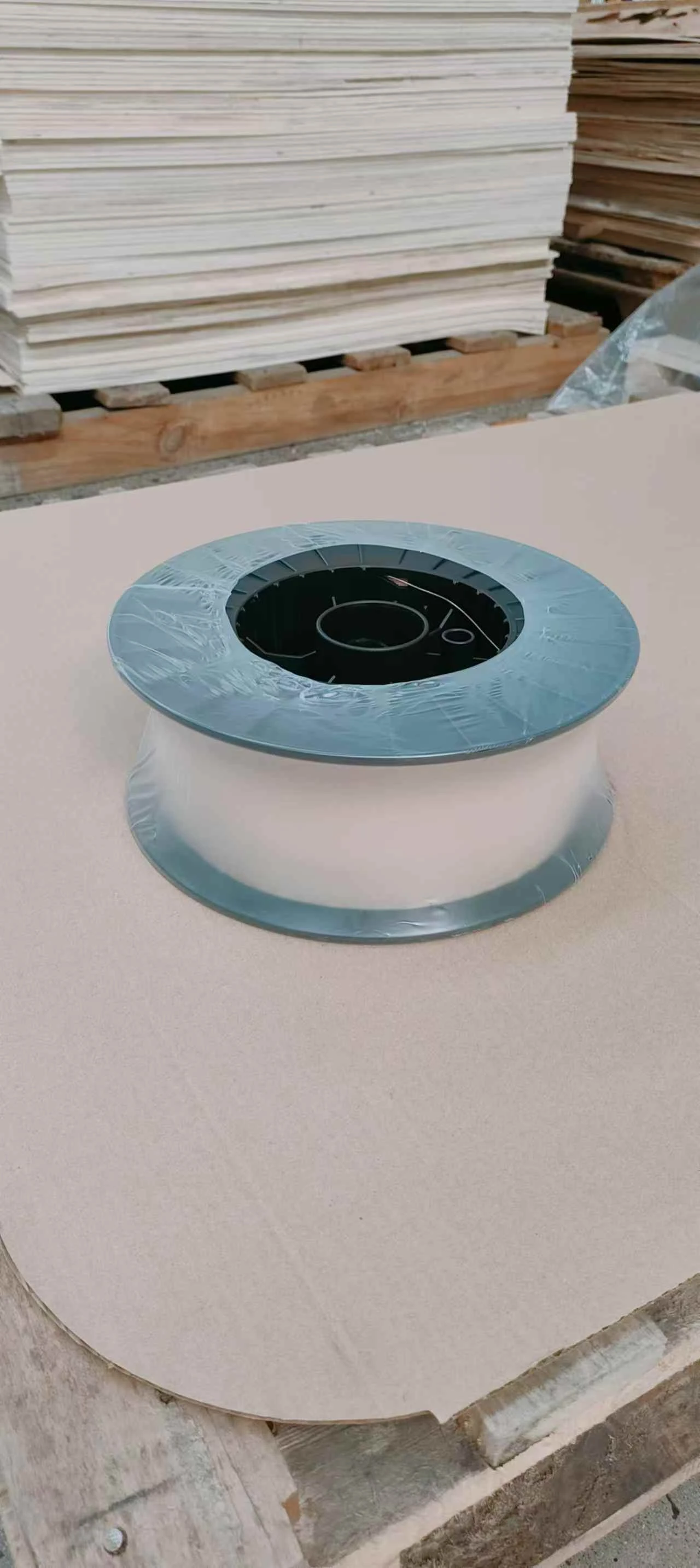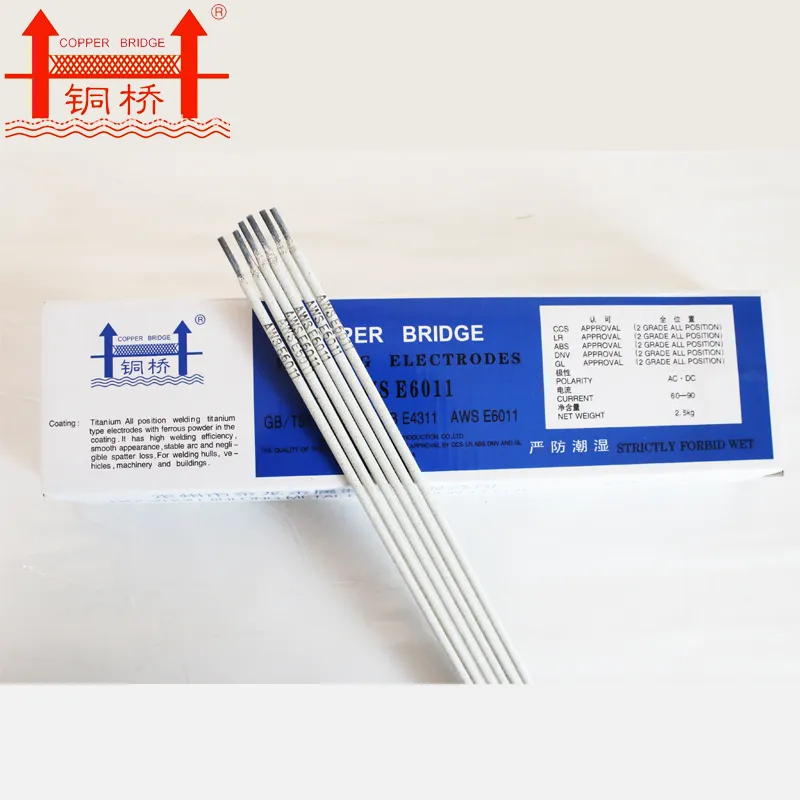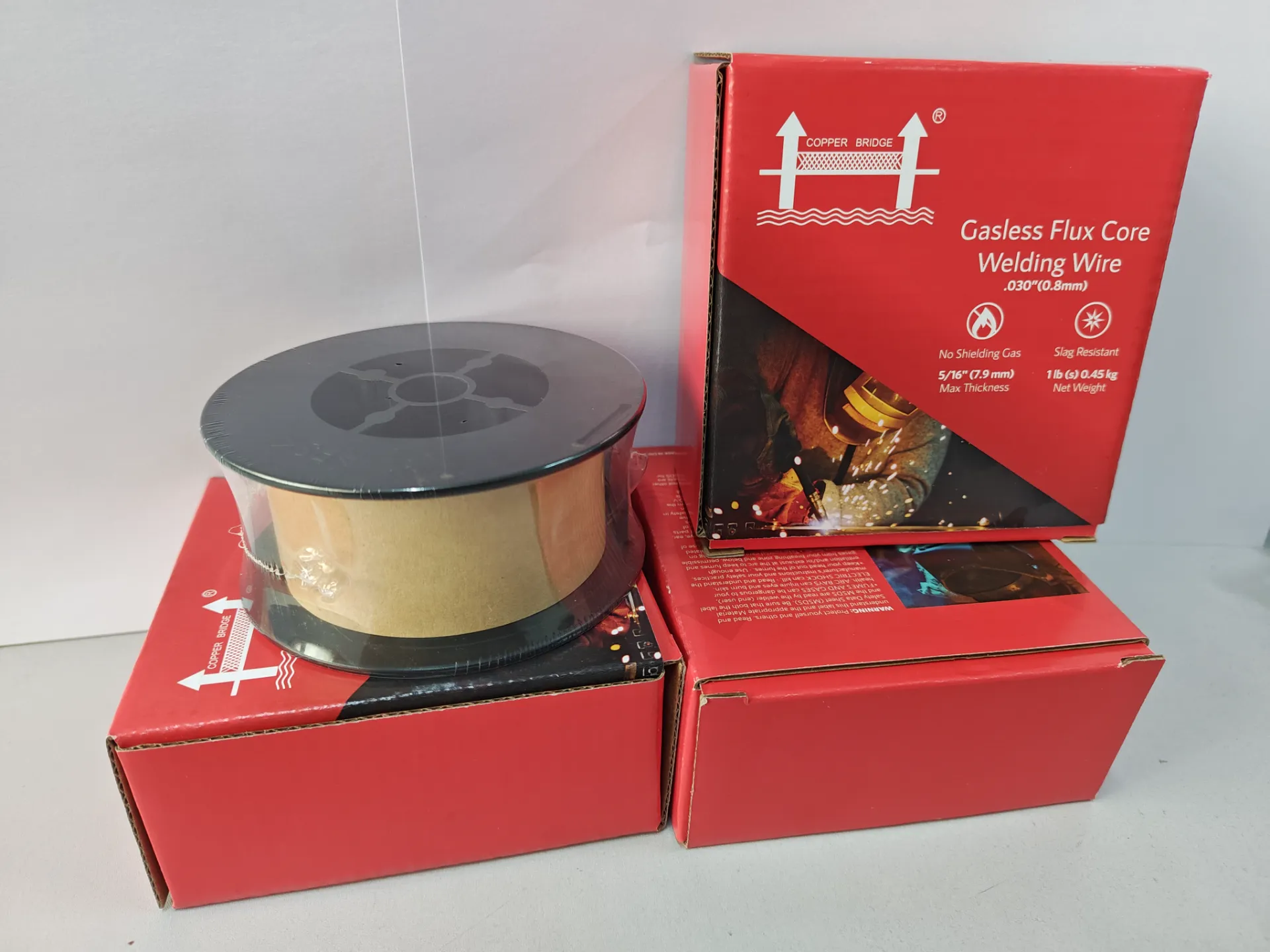Carbon Steel Electrode: Performance, Application and Development of Welding Technology Foundation
5月 . 13, 2025 15:11
炭素鋼電極, as one of the most common filling materials in welding processes, plays a crucial role in the field of metal connections. Its wide application benefits from its economy, applicability, and good weldability, making it an indispensable connection method in multiple industries such as construction, bridges, ships, and pipelines. This article will explore the performance characteristics, main application areas, and future development trends of Carbon Steel Electrode, with the aim of gaining a more comprehensive understanding of this fundamental welding material.
The composition of Carbon Steel Electrode mainly includes elements such as carbon, manganese, and silicon. By controlling their content ratios, the mechanical properties of the weld can be adjusted
Low hydrogen carbon steel electrode has good plasticity and toughness, suitable for structures that can withstand impact loads; High carbon steel electrodes have higher strength and hardness, making them suitable for applications that require wear resistance. At the same time, the addition of elements such as manganese and silicon can play a role in deoxidation, purifying the molten pool, and improving the density and strength of the weld seam. According to the composition and properties of the coating, Carbon Steel Electrodes can be divided into various types such as acidic electrodes, alkaline electrodes, and oxidizing electrodes. Acidic welding rods are easy to operate and have fast welding speeds, but the mechanical properties of the weld seam are relatively poor; Alkaline welding rods have excellent welding performance, with high strength and toughness of the weld seam, but they are difficult to operate and have high requirements for the welding environment. Therefore, selecting the appropriate type of Carbon Steel Electrode requires comprehensive consideration of the workpiece material, welding process, welding environment, and weld performance requirements.
Carbon Steel Electrode has a wide range of applications
In the construction industry, 低炭素鋼電極 are used for connecting steel structures, such as building houses and bridges, to ensure the stability and safety of the structure. In the shipbuilding industry, Carbon Steel Electrode is the main material for ship welding, which requires good corrosion resistance and tensile strength to cope with complex sea conditions. In the pipeline industry, Carbon Steel Electrode is used for pipeline connections, ensuring the sealing and strength of pipelines, and guaranteeing the safe transportation of fluids. In addition, Carbon Steel Electrode also plays an important role in industries such as mechanical manufacturing and automotive manufacturing.
With the advancement of technology, the research and development of Carbon Steel Electrode is also constantly evolving
The development of new 溶接用炭素棒 aims to improve the mechanical properties, corrosion resistance, and weldability of welds. For example, by adding trace elements, the grain size can be refined and the toughness of the weld seam can be improved; By optimizing the composition of the coating, welding spatter can be reduced and welding operability can be improved. Meanwhile, with the popularization of automated welding technology, higher requirements have been put forward for the automated welding performance of Carbon Steel Electrodes. The precise control of wire diameter, uniformity of coating, and matching of welding current will all affect the efficiency and quality of automated welding.
In summary, carbon steel welding rod, as the fundamental material of welding technology, plays an irreplaceable role in modern industry. Understanding its performance characteristics, application areas, and development trends can help better select and apply Carbon Steel Electrodes, ensure welding quality, and improve production efficiency. In the future, with the continuous emergence of new materials and processes, Carbon Steel Electrode will continue to develop towards high performance, high efficiency, and green environmental protection, making greater contributions to the advancement of metal connection technology.
Carbon Steel Electrode FAQs
What are the main components of Carbon Steel Electrode?
Carbon Steel Electrode is mainly made of low carbon steel (usually with a carbon content of less than 0.3%) or medium carbon steel core wire, coated with alkaline or acidic welding flux. The coating components may include cellulose, titanium calcium, low hydrogen potassium, etc., which are used to stabilize the arc, prevent oxidation, and improve the performance of the weld.
What welding scenarios is Carbon Steel Electrode suitable for?
Material: Suitable for welding low carbon steel (such as Q235), medium carbon steel, and some low-alloy steels.
Field: Widely used in building structures, pipelines, ships, pressure vessels, and general manufacturing industries.
Craftsmanship: Commonly used in manual arc welding (SMAW), suitable for outdoor or simple maintenance operations.
How to choose the model of Carbon Steel Electrode?
According to international standards such as AWS or ISO:
AWS E6013: Universal, easy to operate, suitable for thin plate welding.
AWS E7018: Low hydrogen type, good crack resistance, suitable for high-strength or low-temperature environments.
AWS E6010: Deep penetration type, suitable for vertical welding and pipeline welding.
When selecting, it is necessary to match the strength of the base material, welding position, and process requirements.
What are the precautions when using Carbon Steel Electrode?
Dry storage: Low hydrogen welding rods (such as E7018) need to be moisture-proof and dried before use (usually 250350 ℃).
Current polarity: Select direct current positive (DCEP) or reverse (DCEN) according to the type of welding rod, such as DCEP commonly used in E6010.
Clean the base material: Before welding, remove oil stains and rust to avoid pores or slag inclusions.
What is the difference between Carbon Steel Electrode and stainless steel welding rods?
Composition: Carbon Steel Electrode does not contain alloys such as chromium and nickel, while stainless steel electrodes (such as E308) contain high chromium nickel to resist corrosion.
Usage: Carbon Steel Electrode is used for ordinary structures, and stainless steel welding rods are used for corrosion-resistant or high-temperature environments (such as chemical equipment).
Cost: Carbon Steel Electrode has a lower price, but poor corrosion resistance.
関連製品
関連ニュース




























